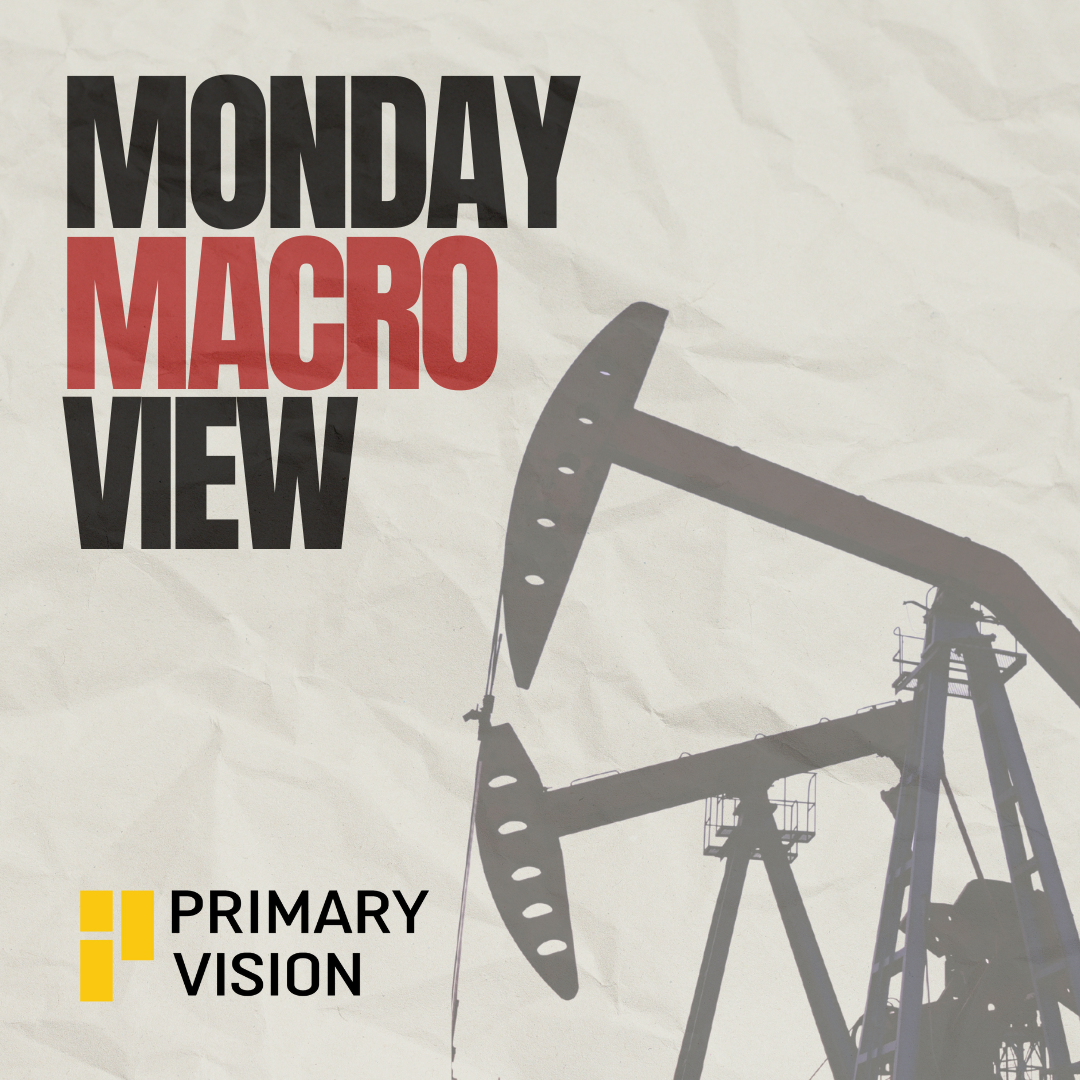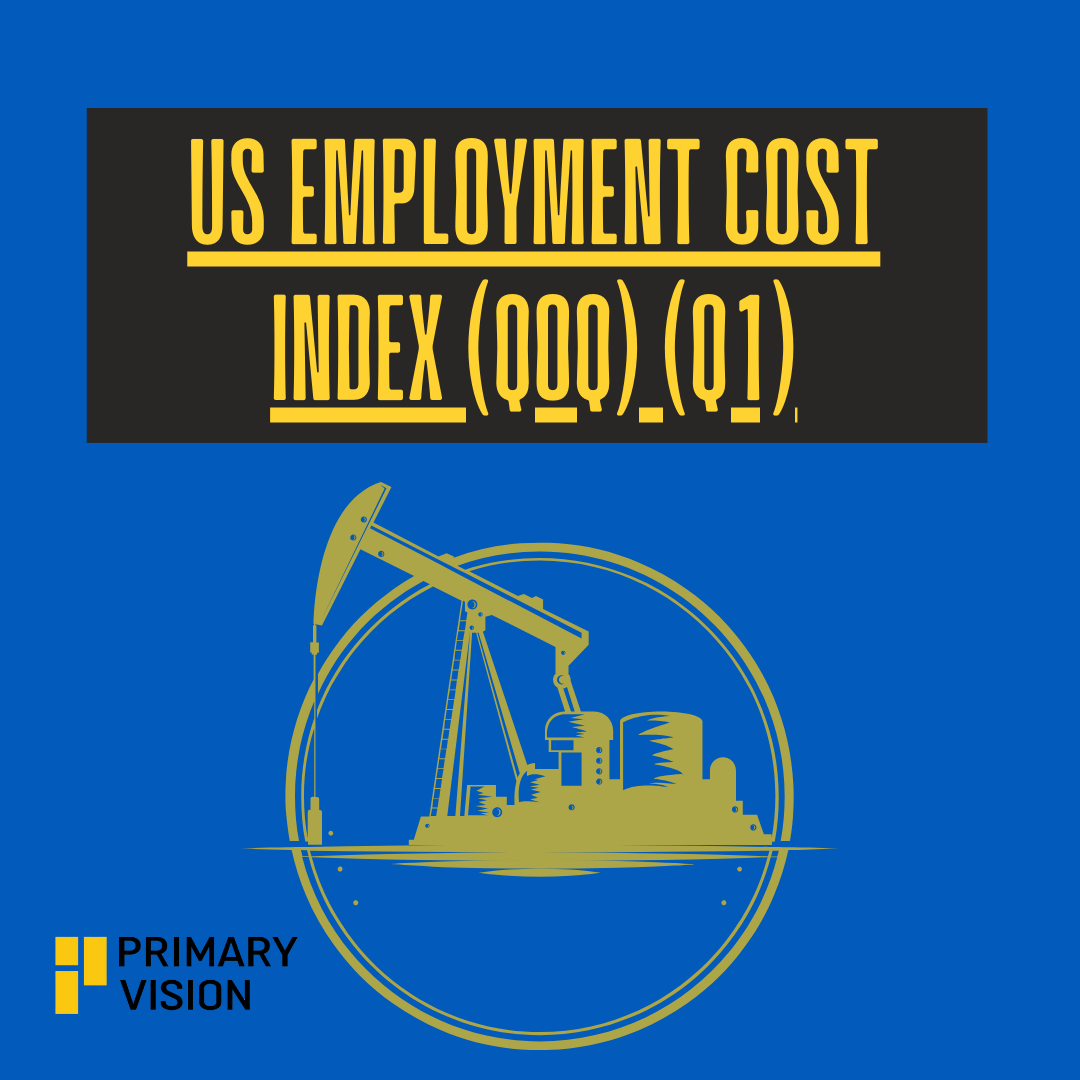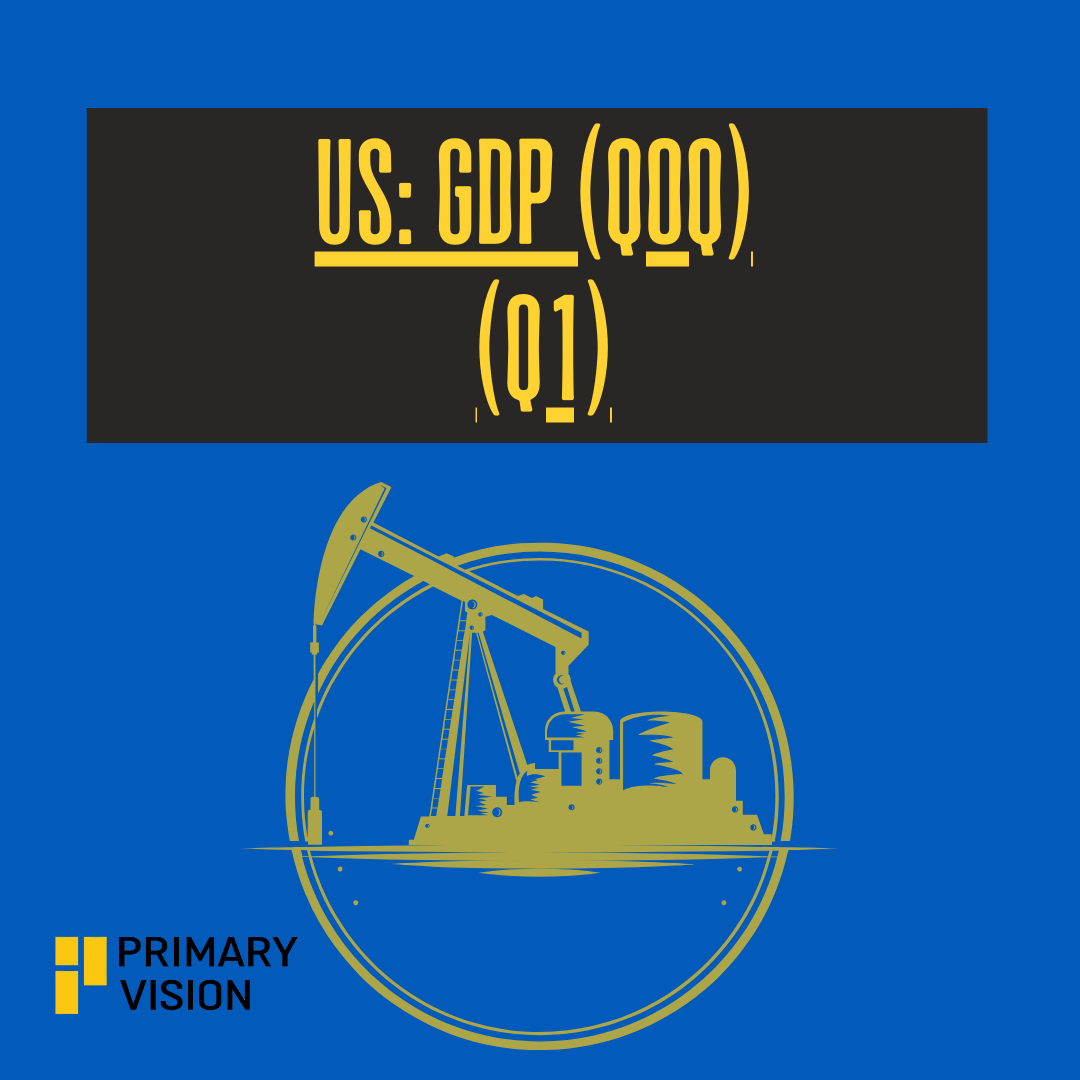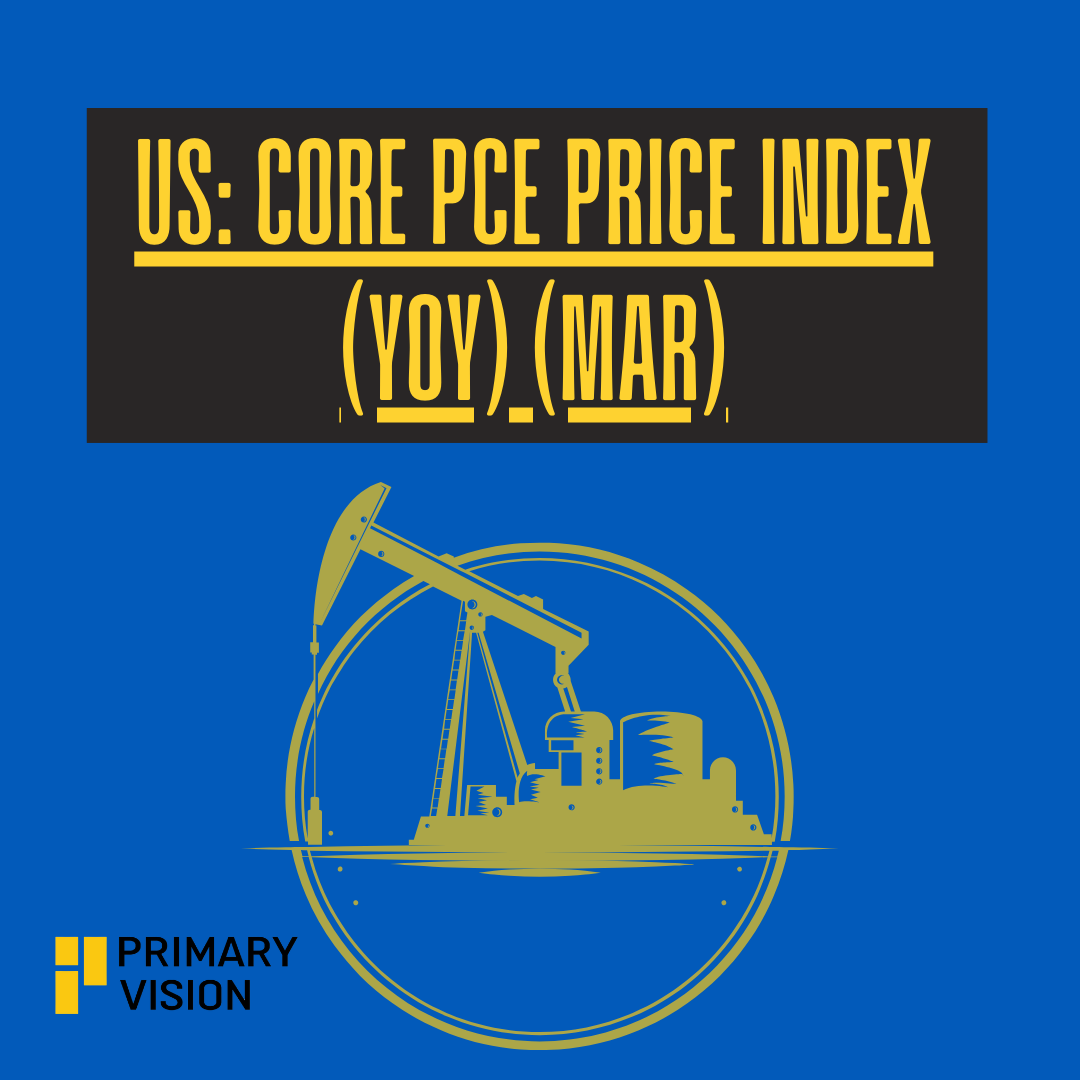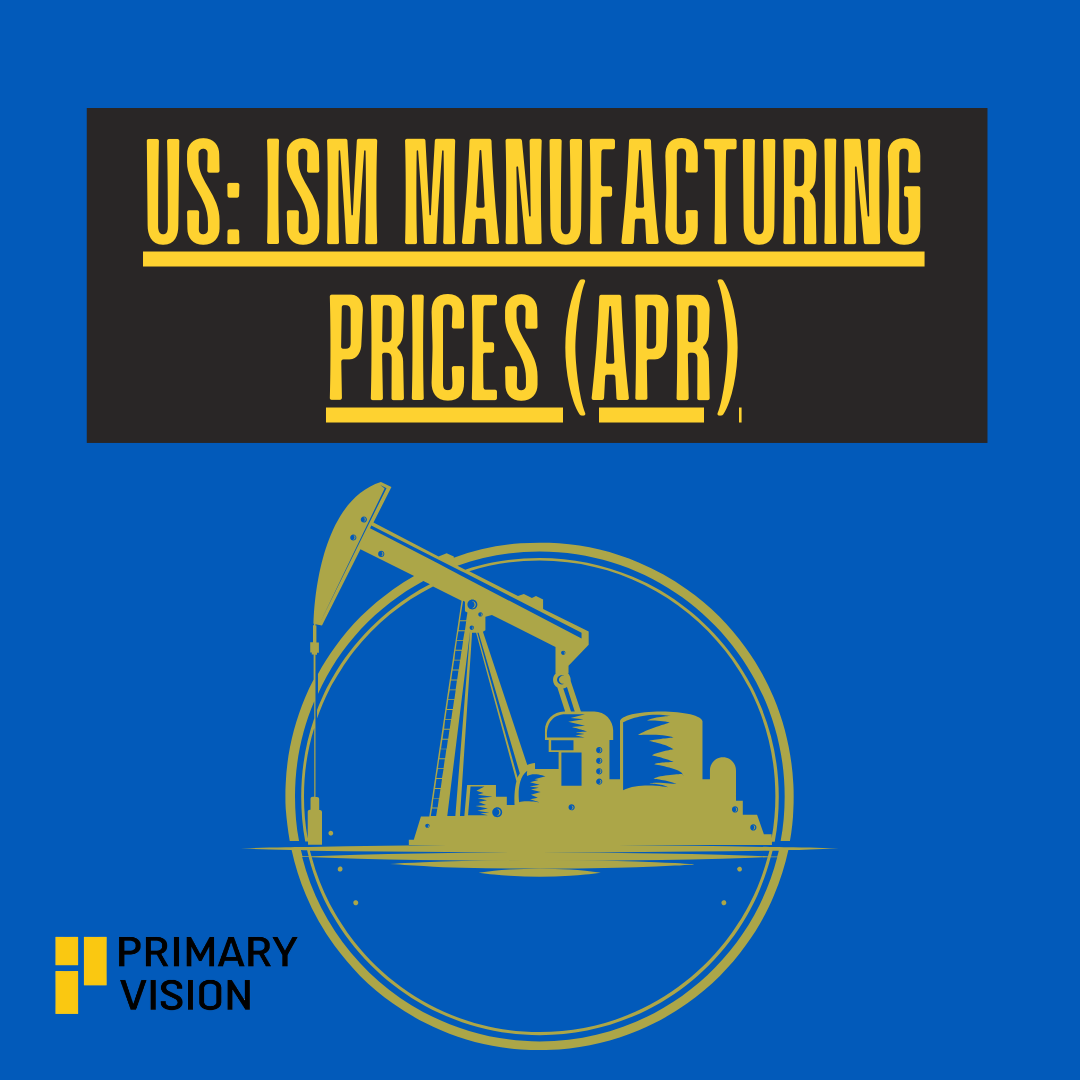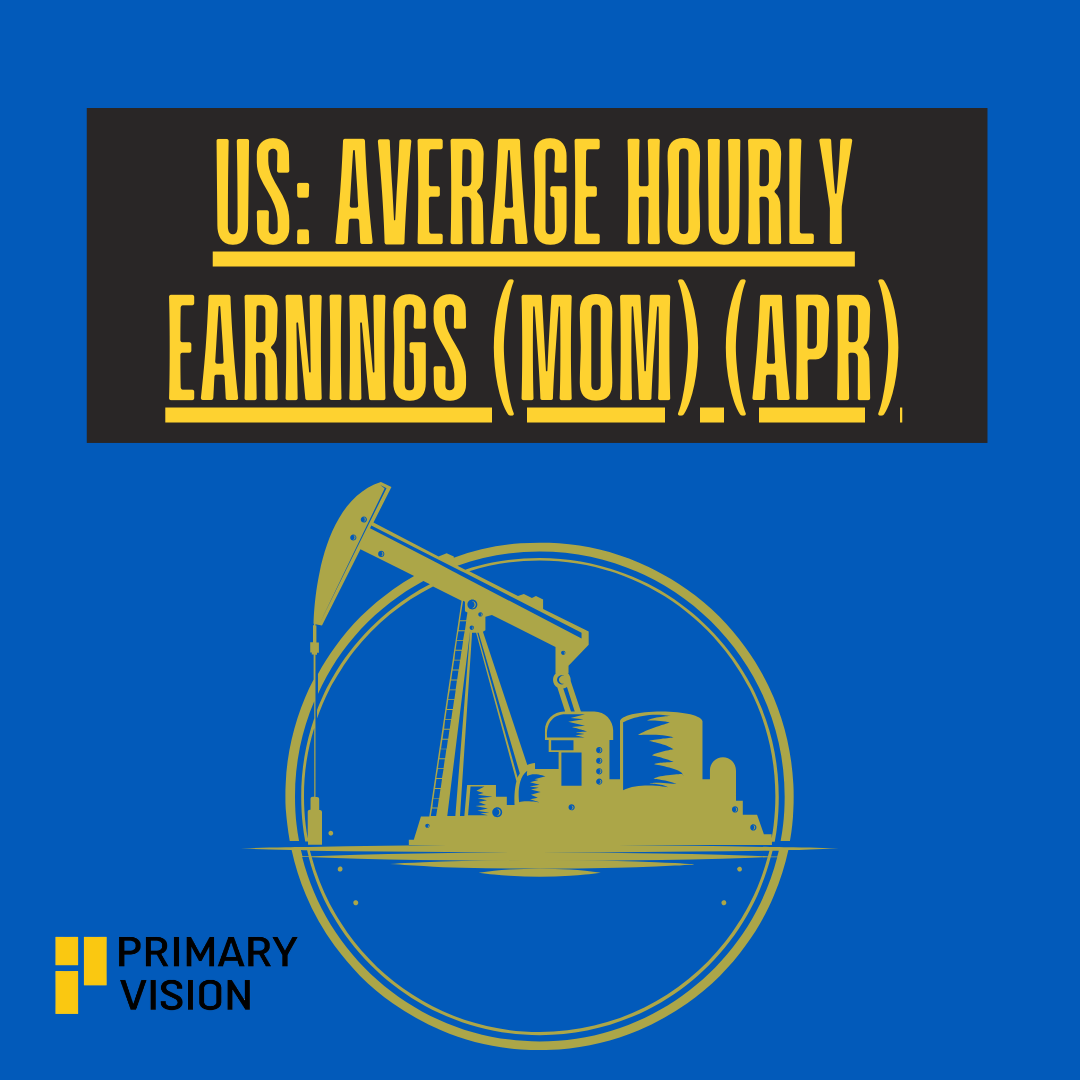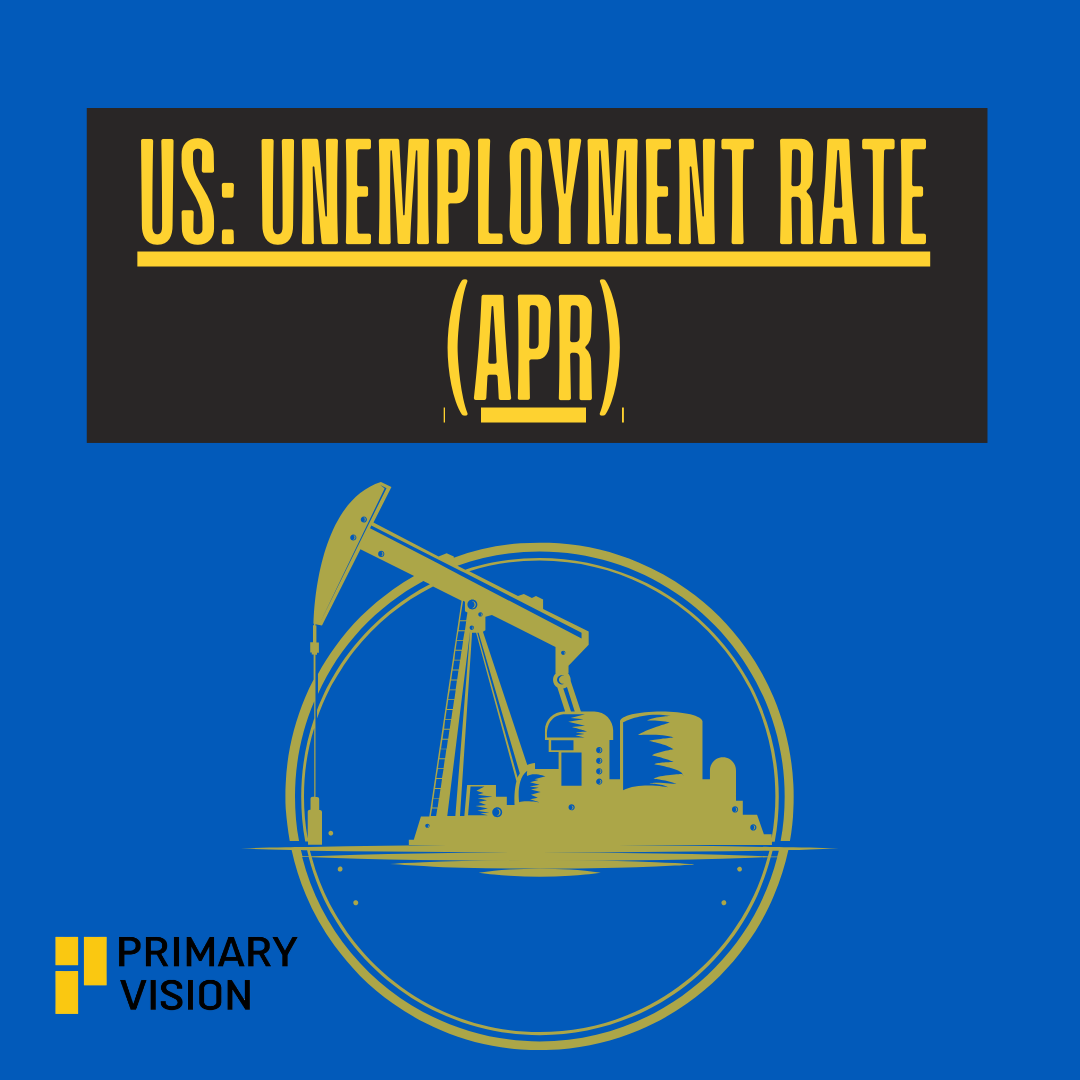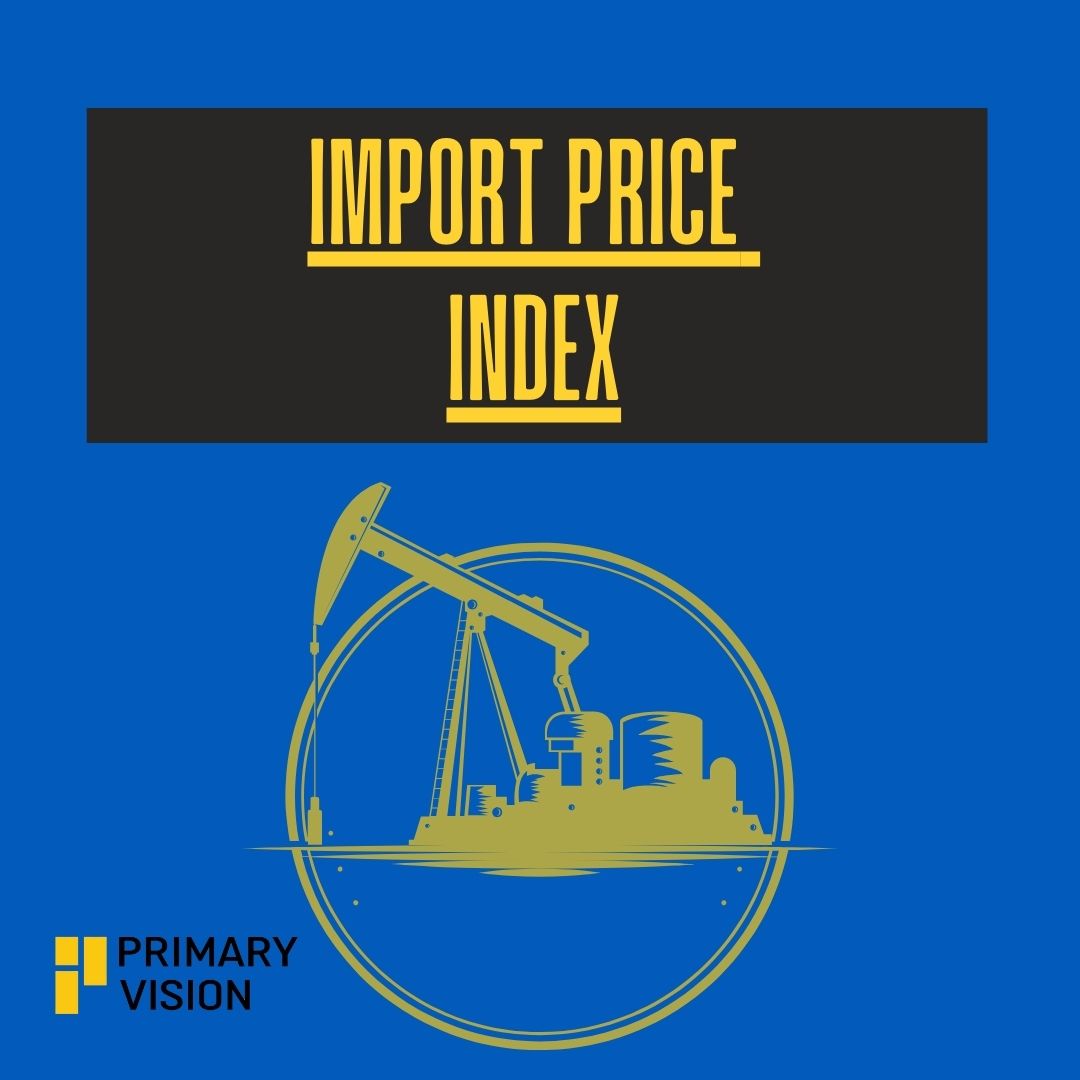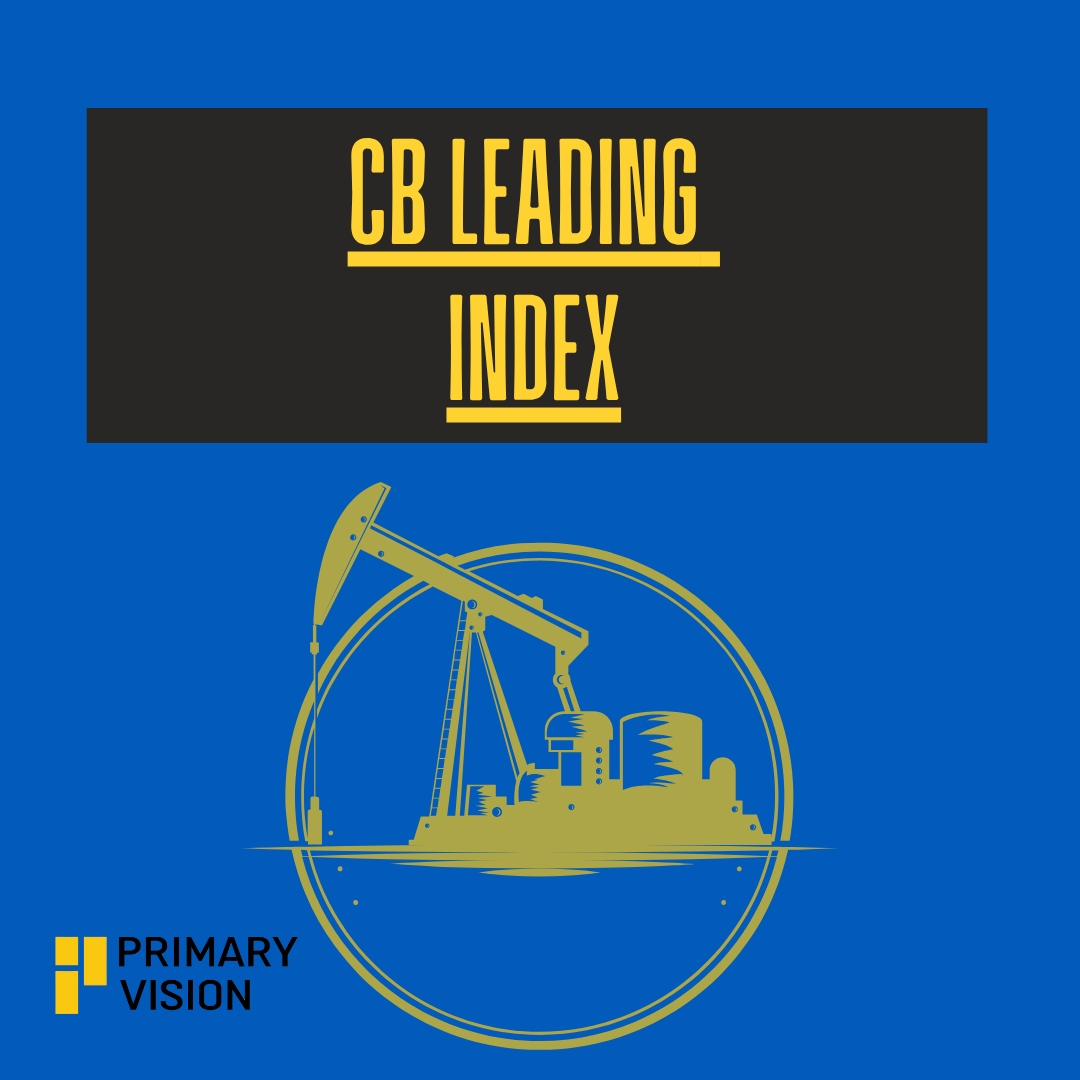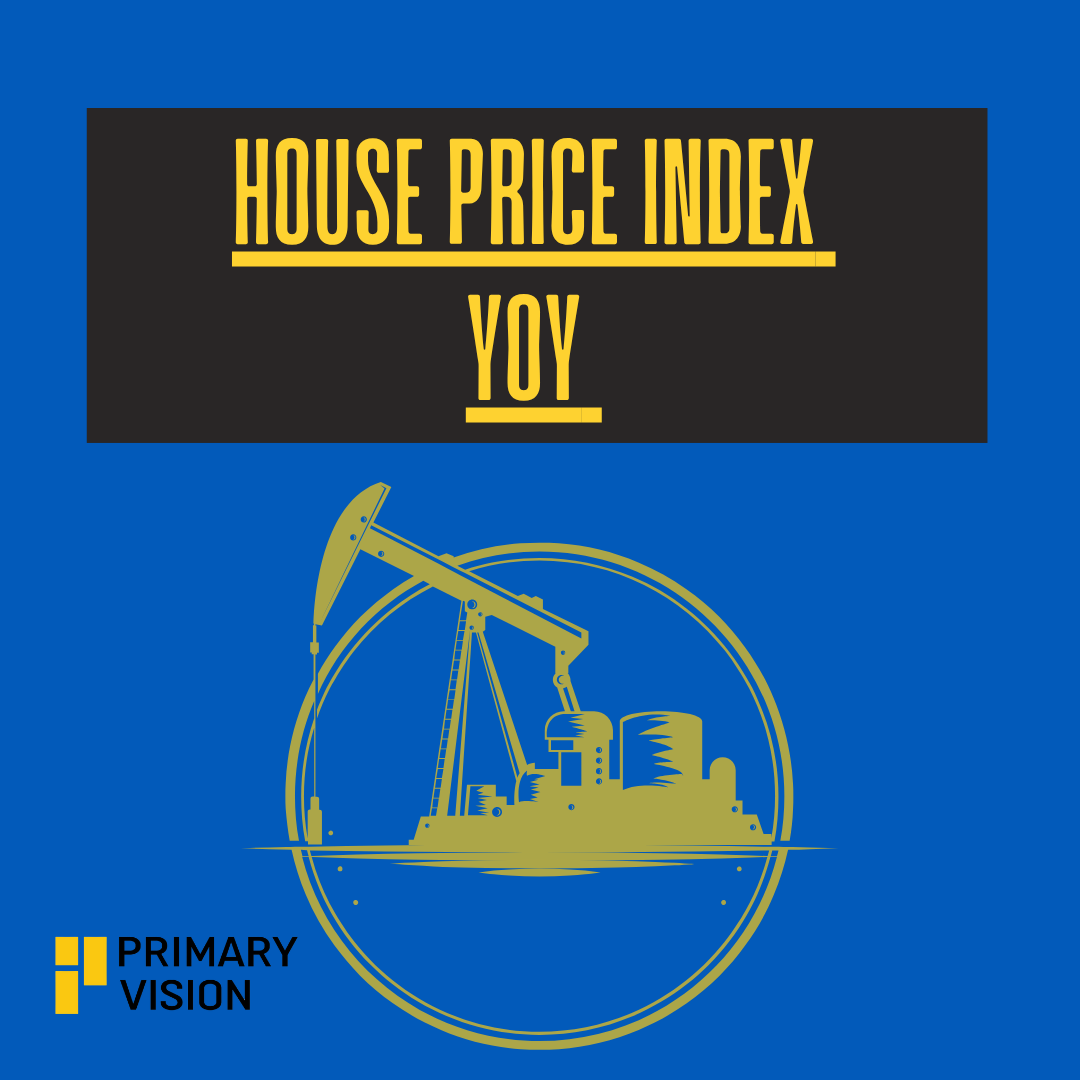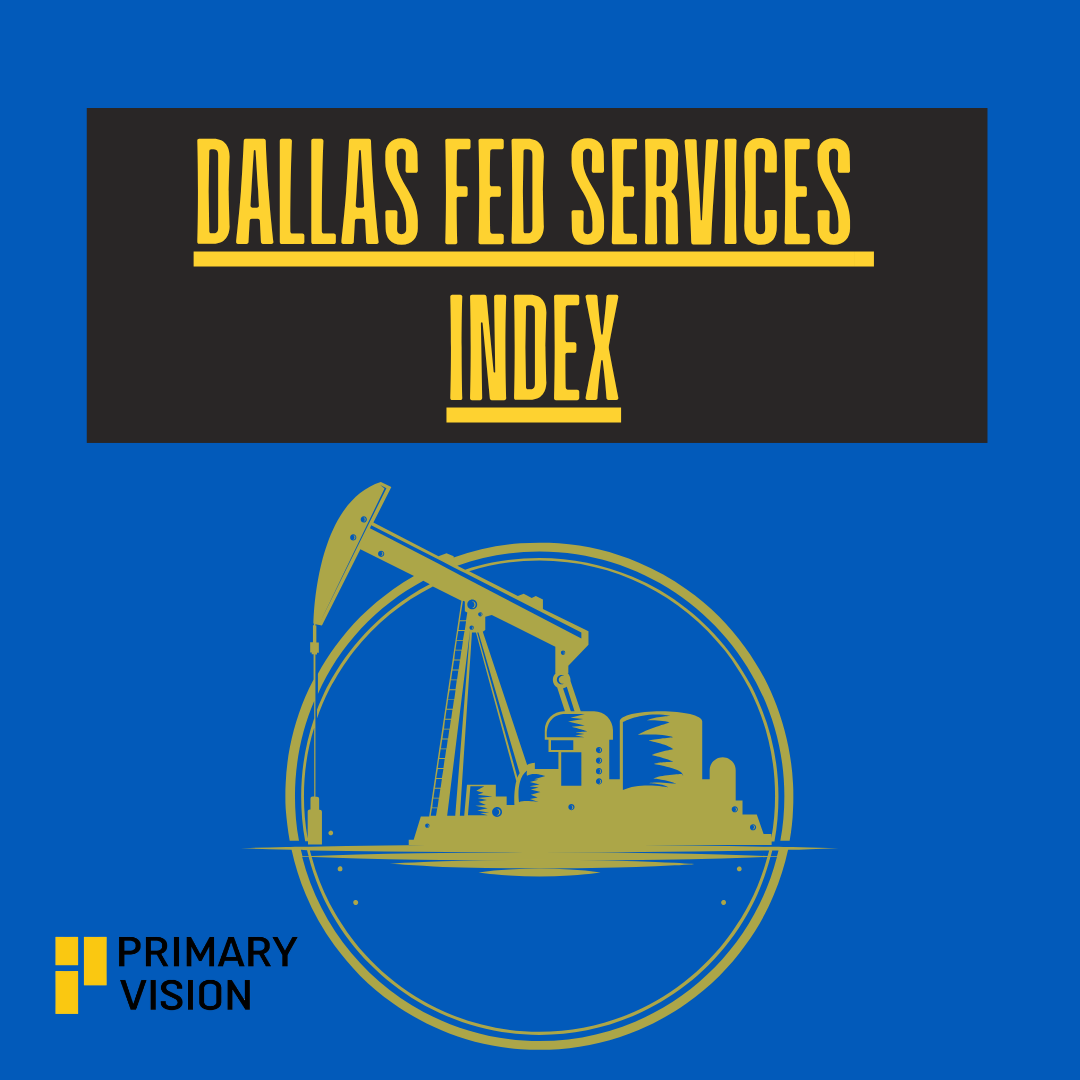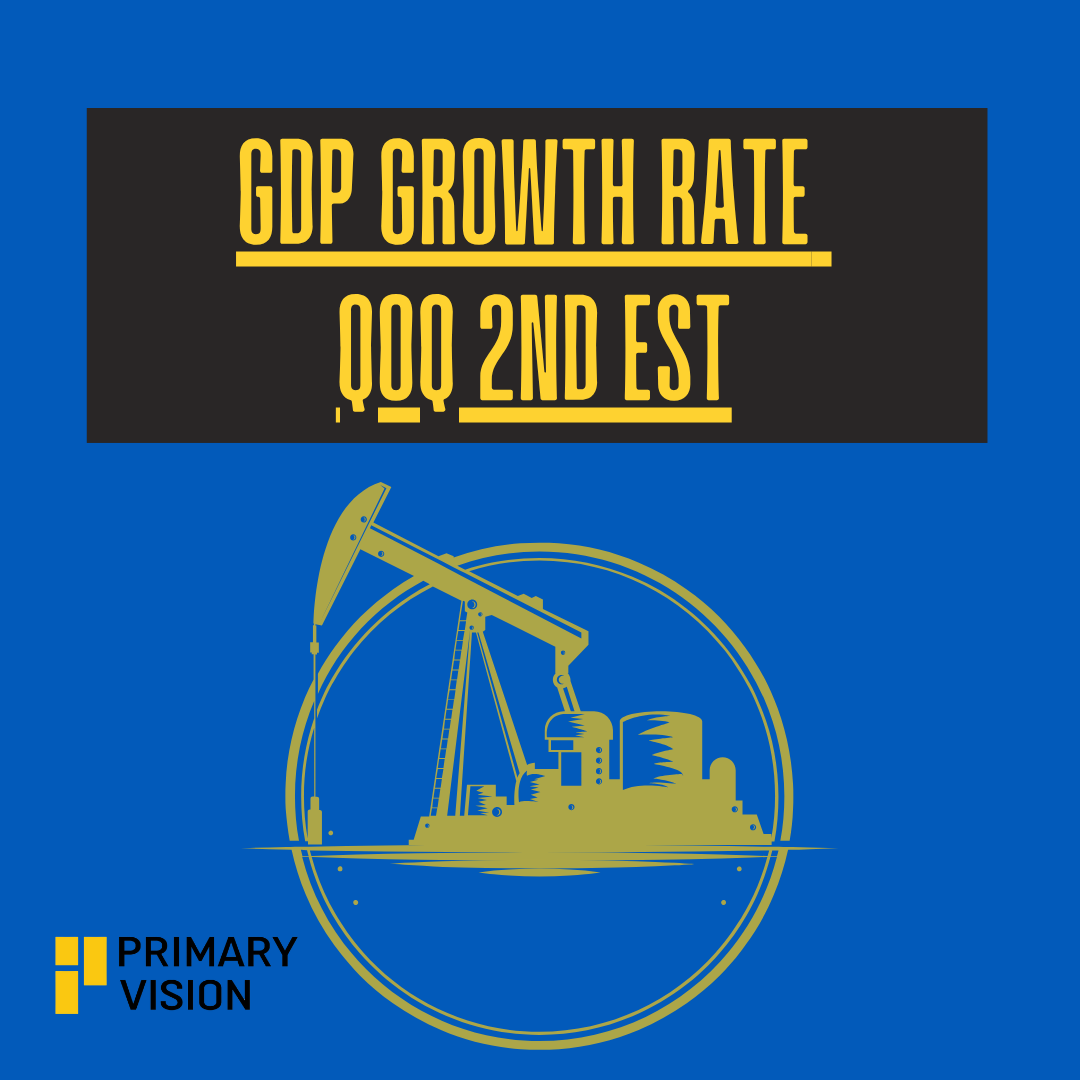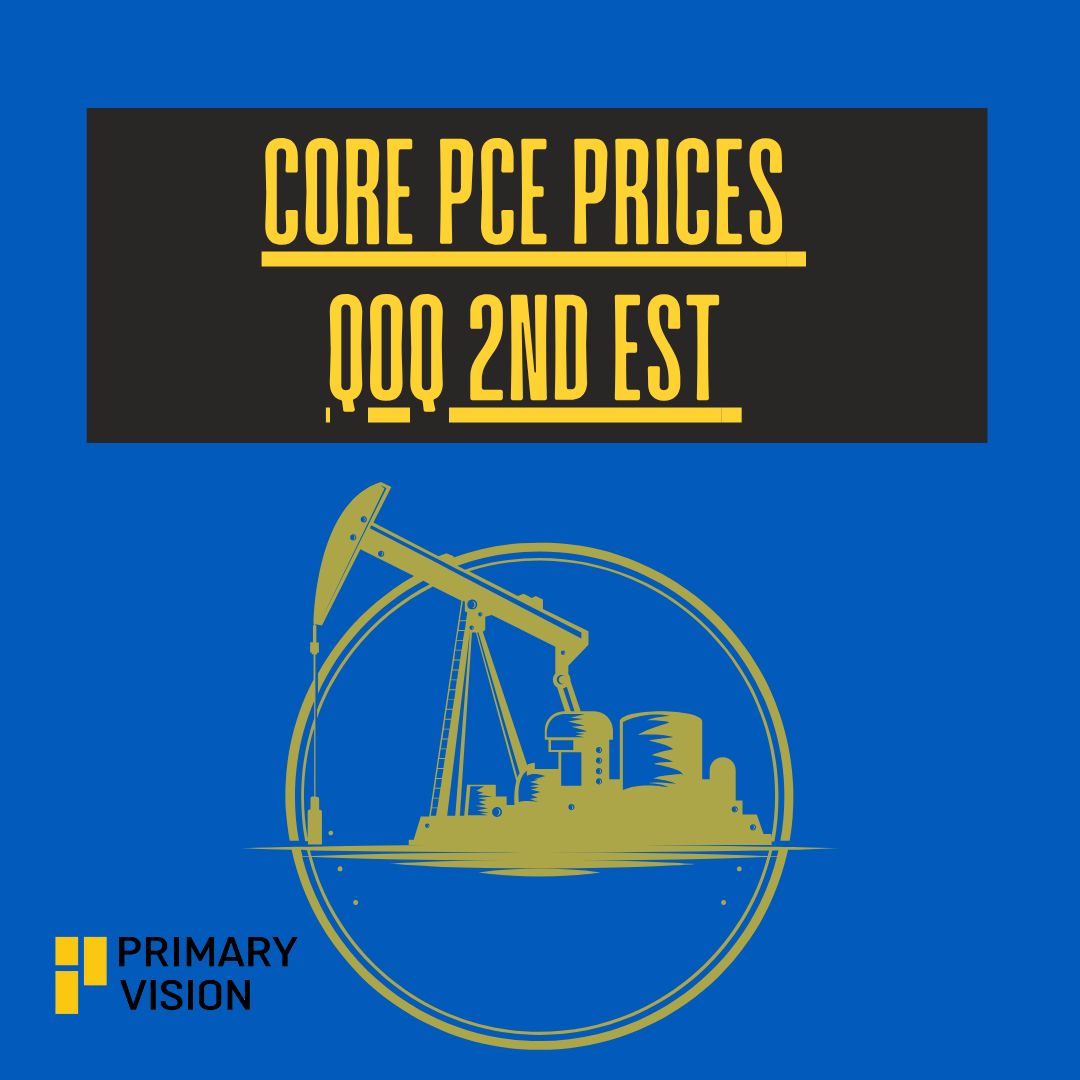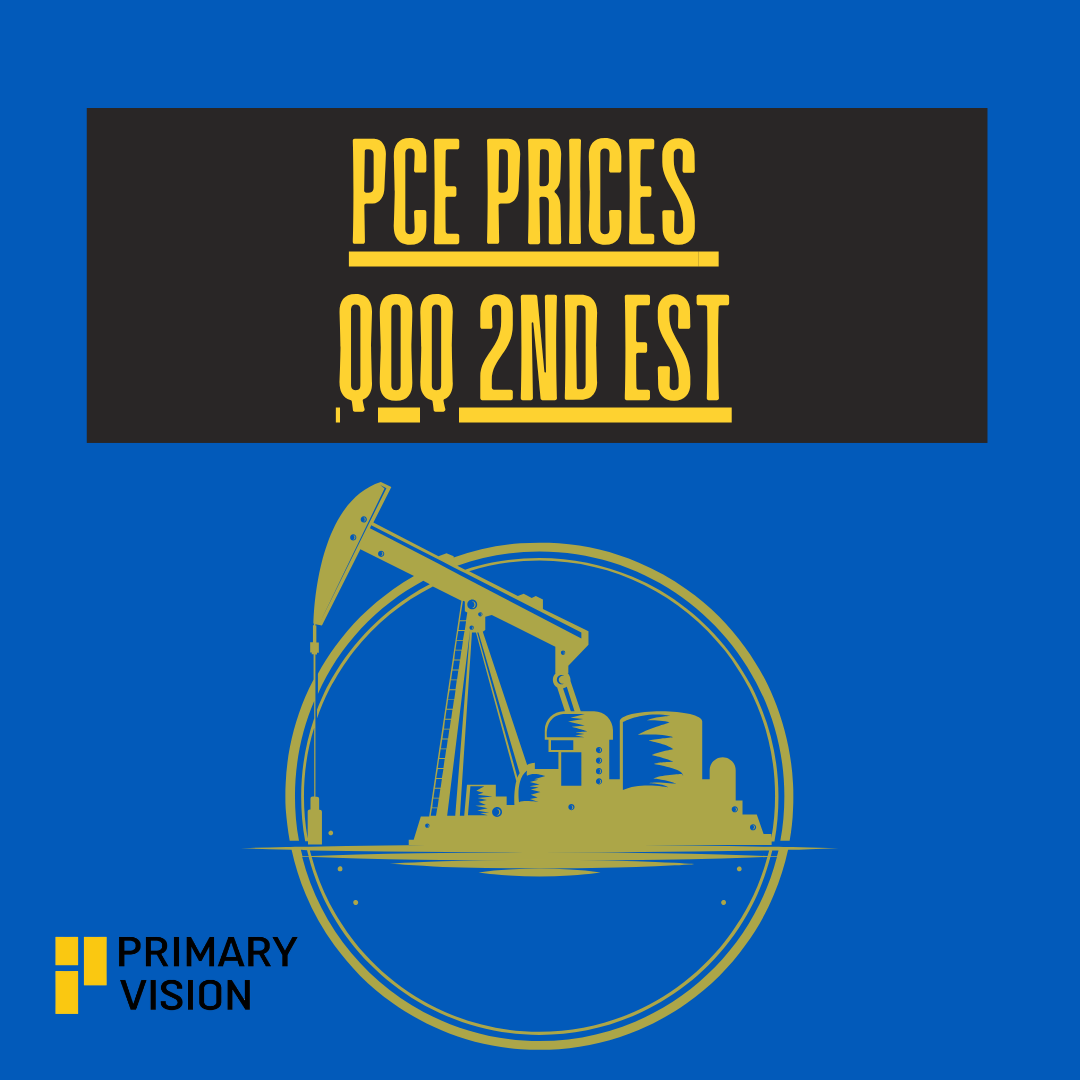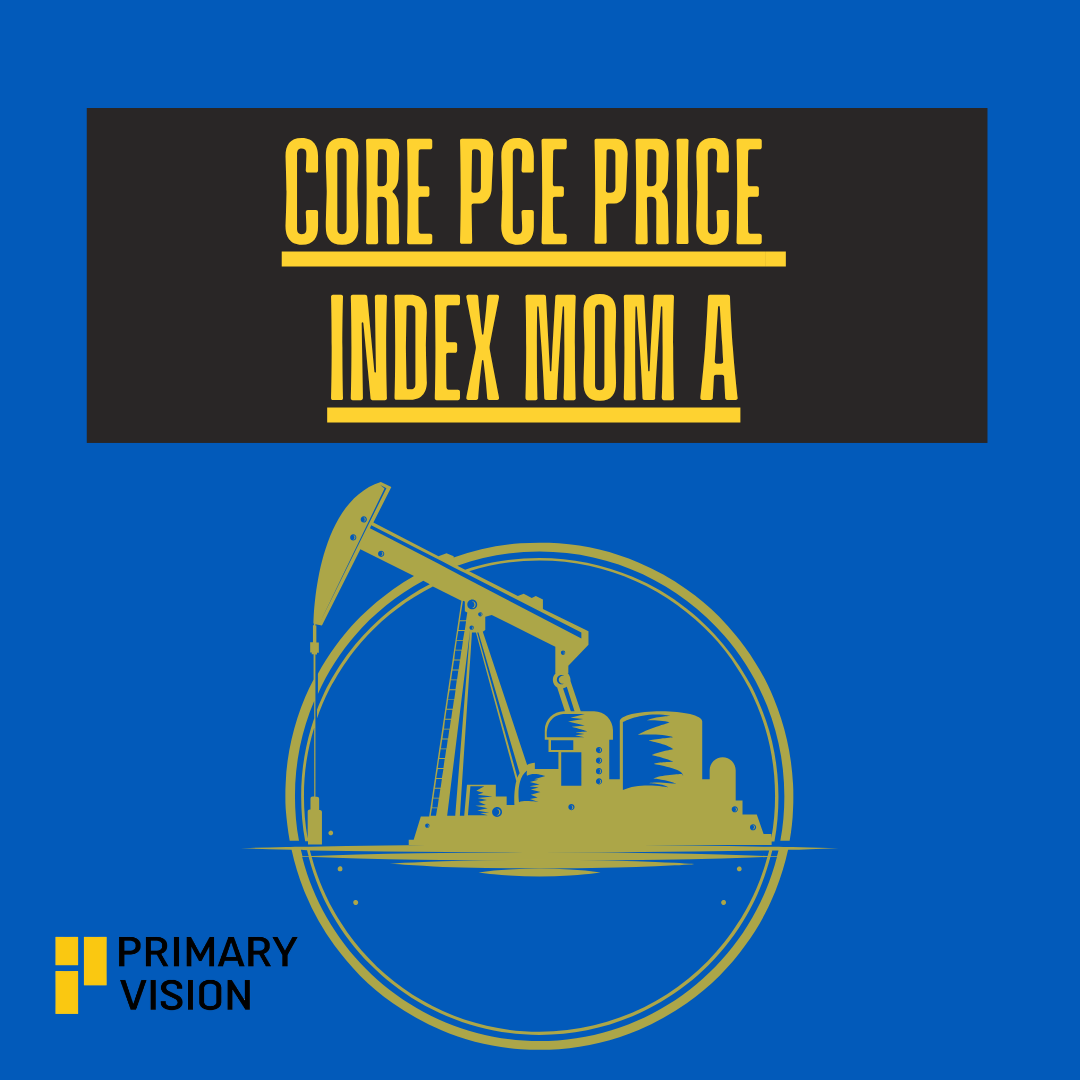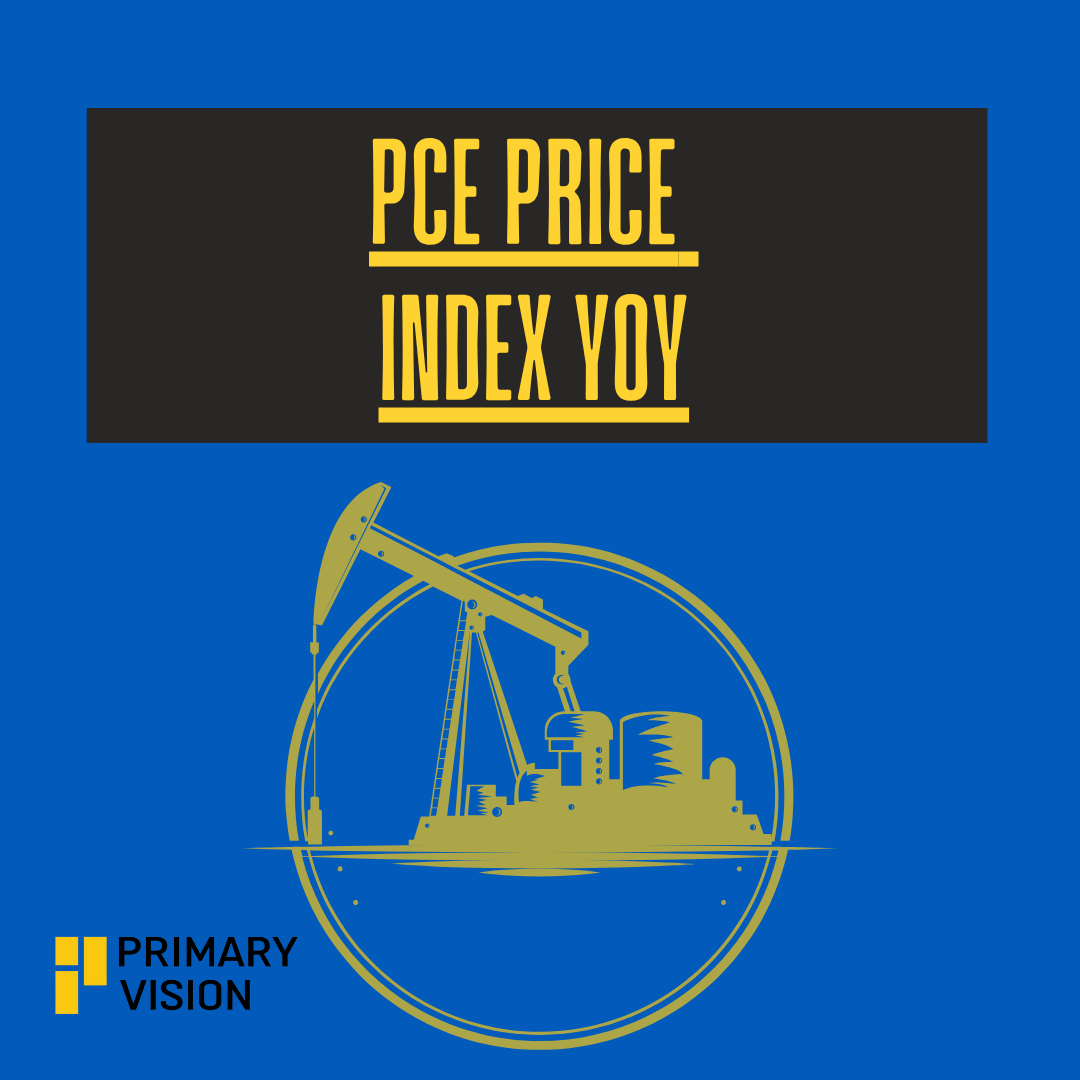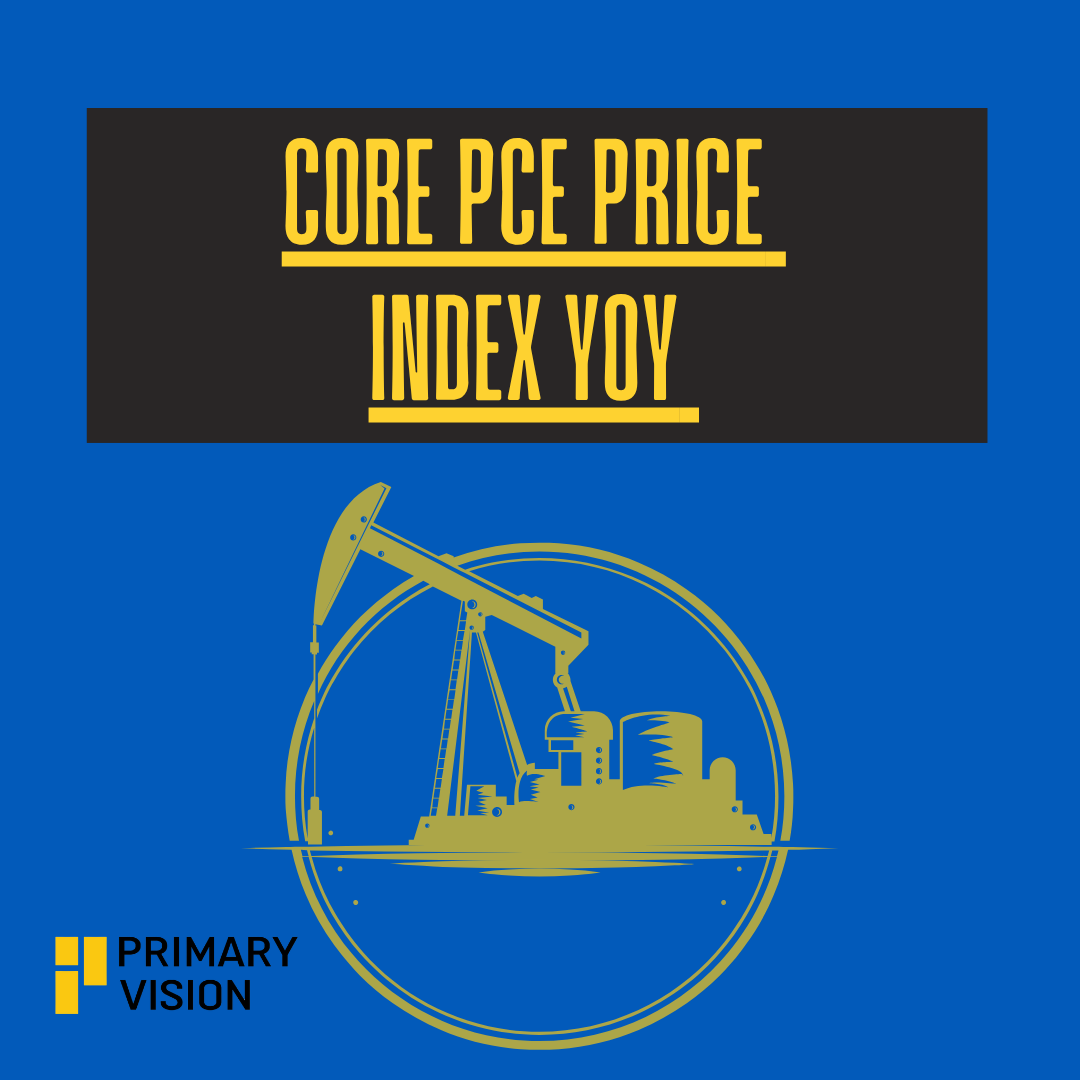Calendar of Events
M Mon
T Tue
W Wed
T Thu
F Fri
S Sat
S Sun
2 events,
Dallas Fed Mfg Business Index (Apr)
Measures manufacturing activity in Texas; a drop may indicate regional slowdown, often reflecting national trends.
10 events,
Europe- GfK German Consumer Climate (May)
Surveys German consumers on economic expectations; vital for forecasting spending and economic resilience in Europe's largest economy.
Europe: Spanish GDP (QoQ) (Q1)
Quarterly growth rate of Spain’s economy; important for evaluating recovery and stability in the Eurozone.
U.S.: Retail Inventories Ex Auto (Mar)
Tracks stockpiles held by retailers excluding autos; high inventories can signal weaker future production or slower demand.
US: CB Consumer Confidence (Apr)
Measures how optimistic or pessimistic consumers are about the economy; influences future household spending.
JOLTS Job Openings (Mar)
Reports available job openings; a strong number shows robust demand for labor, affecting wage growth and inflation risks.
Atlanta Fed GDPNow (Q1)
Real-time GDP estimate updated frequently; closely watched by markets for its predictive accuracy compared to official GDP.
CHINA: Composite PMI
A weighted index of both manufacturing and services sectors; provides a broader view of China's economic momentum.
CHINA: Manufacturing PMI
Survey-based measure of factory output and new orders; key for global trade and commodity demand outlooks.
CHINA: Non-Manufacturing PMI (Apr)
Captures growth in China's services and construction sectors; crucial as China pivots toward a services-driven economy.
8 events,
EIA Weekly Petroleum Status Report
Provides timely information on petroleum supply and selected prices.
U.S. Energy Information Administration
Note: Release times may vary due to holidays; refer to the EIA’s schedule for specifics.
EUROPE: German GDP (QoQ) (Q1)
Germany’s quarterly economic performance; key to assessing overall Eurozone economic trends due to Germany’s size.
US Employment Cost Index (QoQ) (Q1)
Measures wage growth and benefit costs; rising labor costs can fuel inflation and influence Fed rate policy.
US: GDP (QoQ) (Q1)
Comprehensive economic growth measure; shows how fast (or slow) the US economy is expanding.
US: Chicago PMI (Apr)
Manufacturing and business conditions in the Chicago area; viewed as an early indicator of national economic trends.
US: Core PCE Price Index (YoY) (Mar)
Inflation measure excluding food and energy; the Fed’s favorite gauge for setting monetary policy.
US: PCE Price index (YoY) (Mar)
Tracks changes in overall personal consumption prices; broader inflation picture affecting consumer purchasing power.
US: Crude Oil Inventories
Weekly report on US crude stock levels; influences oil prices, energy costs, and broader inflation pressures.
5 events,
US: Initial Jobless Claims
First-time unemployment claims; a quick barometer of labor market strength and potential economic shifts.
US: S&P Global Manufacturing PMI (Apr)
Survey of manufacturing executives on output, new orders, and employment; good leading indicator of sector performance.
US: ISM Manufacturing PMI (Apr)
Highly regarded indicator showing expansion or contraction in US manufacturing; numbers above 50 indicate growth.
US: ISM Manufacturing Prices (Apr)
Tracks changes in the prices manufacturers are paying; rising prices can point to future consumer inflation.
US: ISM Manufacturing Employment (Apr)
Tracks hiring activity in manufacturing; useful for predicting broader employment trends.
6 events,
EUROPE: CPI (YoY) (Apr)
Annual change in consumer prices across Europe; key figure for ECB's interest rate and inflation management.
US: Average Hourly Earnings (MoM) (Apr)
Monthly change in wages; higher wages can support consumption but also raise inflation risks.
US: Nonfarm Payrolls (Apr)
Most important jobs report showing the number of jobs added or lost; strong numbers support economic growth outlooks.
US: Unemployment Rate (Apr)
Percentage of the labor force that is jobless; a core measure of labor market health.
US: Factory Orders (MoM) (Mar)
Monthly data on new orders for manufactured goods; a leading indicator of manufacturing sector strength.
0 events,
0 events,
6 events,
S&P Global Services PMI
Measures service sector activity and signals economic expansion or contraction.
S&P Global Composite PMI
Combines manufacturing and services PMIs to give an overall economic snapshot.
ISM non-manufacturing employment
Tracks employment trends in the service sector, a major component of the economy.
ISM non-manufacturing PMI
Assesses the overall health of the U.S. service sector, influencing market expectations.
China: Caixin Services PMI
Reflects private sector service activity in China, influencing global market sentiment.
7 events,
10 year auction note
Indicates investor demand for government debt, affecting interest rates and borrowing costs.
Crude oil inventories
Tracks weekly oil stock levels, influencing energy prices and inflation outlook.
FOMC Statement
Outlines Federal Reserve’s policy stance, affecting interest rates and financial markets.
Fed Interest Rate Decision
Determines federal funds rate, directly influencing borrowing, spending, and inflation.
Consumer Credit
Measures total credit extended to consumers, indicating confidence and spending behavior.
1 event,
EIA Weekly Petroleum Status Report
Provides timely information on petroleum supply and selected prices.
U.S. Energy Information Administration
Note: Release times may vary due to holidays; refer to the EIA’s schedule for specifics.
2 events,
Continuing jobless claims
Measures ongoing unemployment benefit claims, showing labor market strength.
1 event,
0 events,
0 events,
1 event,
3 events,
Core CPI (YoY)
Excludes food and energy prices to assess underlying inflation trends year-over-year.
2 events,
EIA Weekly Petroleum Status Report
Provides timely information on petroleum supply and selected prices.
U.S. Energy Information Administration
Note: Release times may vary due to holidays; refer to the EIA’s schedule for specifics.
Germany: CPI
Measures inflation in Europe’s largest economy, impacting ECB decisions and euro markets.
6 events,
Philadelphia Fed Manufacturing Index (May)
Regional gauge of manufacturing activity, used to predict national trends.
Industrial Production
Measures output of factories and utilities, indicating manufacturing sector health.
Retail inventories ex Auto
Shows inventory levels excluding autos, used to assess supply chain health and demand.
4 events,
Housing Start
Counts new residential construction projects, reflecting economic and housing market health.
Michigan Consumer Sentiment Index
Gauges consumer confidence, a leading indicator of spending and economic growth.
0 events,
0 events,
2 events,
CB Leading Index
Predicts future shifts in economic momentum and is closely watched for recession signals.
1 event,
4 events,
EIA Weekly Petroleum Status Report
Provides timely information on petroleum supply and selected prices.
U.S. Energy Information Administration
Note: Release times may vary due to holidays; refer to the EIA’s schedule for specifics.
MBA 30 year Mortgage Rate
Tracks the cost of borrowing for homebuyers and influences housing affordability.
MBA Purchase Index
Measures homebuying activity and offers early insight into housing market demand.
6 events,
Chicago Fed National Activity Index
Gauges overall U.S. economic health by combining national activity indicators.
Continuing Jobless Claims M
Reflects ongoing stress in the job market and helps confirm employment trends.
S&P Global Services PMI Flash
Provides a timely snapshot of business conditions in the services sector.
Kansas Fed Manufacturing Index
Reveals trends in regional manufacturing, a key input for national production.
3 events,
0 events,
0 events,
2 events,
6 events,
5 events,
EIA Weekly Petroleum Status Report
Provides timely information on petroleum supply and selected prices.
U.S. Energy Information Administration
Note: Release times may vary due to holidays; refer to the EIA’s schedule for specifics.
MBA 30-Year Mortgage Rate
Offers a benchmark for mortgage rates impacting consumer loans and refinancing.
MBA Mortgage Applications
Monitors the volume of mortgage activity, a key driver of housing activity.
Dallas Fed Services Index
Highlights demand conditions in the service sector across Texas and surrounding areas.
6 events,
GDP Growth Rate QoQ 2nd Est
Provides a revised view of economic growth that influences policy and markets.
Core PCE Prices QoQ 2nd Est
Helps the Fed track inflation trends excluding volatile food and energy prices.
9 events,
Core PCE Price Index MoM A
Tracks inflation trends month-to-month, excluding food and energy volatility.
Michigan Consumer Sentiment Final
Indicates how optimistic consumers feel about the economy and future spending.
Michigan Inflation Expectations Final
Reveals how households perceive future inflation, key to wage and pricing expectations.

